Spray Foam On Concrete Walls
Spray foam on concrete walls. Foam plastic insulation is often used in exterior concrete masonry construction to improve steady state thermal performance R-values and in some cases to improve air and moisture infiltration properties as well. If you live in an area where termites are a problem your local building code may require that you leave a 3-in-high termite-inspection strip of bare concrete. The plan now is to frame up the basement leaving about an inch between the concrete and wood frame then spray foam and allow the frames to hold the foam in place.
One disadvantage of rigid foam is for it to be effective it must be attached directly to the wall using adhesive or IDP foam insulation anchors. As an added bonus two-pound density spray polyurethane foam insulation has the highest R-Value per inch thickness of any insulation type on the market at this time. This is because it can achieve a higher R-value along with excellent moisture resistance with less thickness required.
Closed cell foam is being applied to exterior of existing foundation wall to both waterproof and insulate it. The foam expands into the cracks completely filling the spaces. Any downside to framing first.
In my opinion the best type of insulation for a concrete basement wall is closed-cell spray foam. Since it is inadvisable to insulate a basement wall with fluffy insulation like fiberglass unless the wall has first be insulated with a layer of continuous rigid foam or spray foam its generally best to focus on an approach that uses continuous insulation and to ignore the cavity insulation approach. The gap will be filled later with spray foam.
Spray foam kits are packaged in various sizes ranging from the size of an aerosol can to the size of 55 gallon drums. 2 cm of sprayed polyurethane foam directly on the R-45. Quick and convenient to use and apply TITE FOAM Gaps Cracks offers an easy insulating spray foam option.
Spray foam into the gap and the space between studs. This moisture has nowhere to go but UP due to the capillary action wicking of moisture on a foundation. Rigid foam panels are also a good way to insulate on the inside of concrete basement walls.
Up above the foundation is a sill plate floor joist bandboard and subfloor. Between the back of the studs and the concrete wall.
25 mm polystyrene board across the entire concrete surface R-5 or if the concrete surface is irregular ¾ in.
We are a licensed General Contractor working in. Spray foam into the gap and the space between studs. Well Spray foam insulation traps water and moisture in the block wall or between the wall and the foam. Up above the foundation is a sill plate floor joist bandboard and subfloor. Foam plastic insulation is often used in exterior concrete masonry construction to improve steady state thermal performance R-values and in some cases to improve air and moisture infiltration properties as well. Therefore the required R-Value of the exterior wall assembly can be achieved with the least amount of encroachment into the exterior space when using this type of insulation. This is because it can achieve a higher R-value along with excellent moisture resistance with less thickness required. Insulate a foundation wall by adding spray foam insulation to the interior side as follows. Rigid foam panels are also a good way to insulate on the inside of concrete basement walls.
Foam plastic insulation is often used in exterior concrete masonry construction to improve steady state thermal performance R-values and in some cases to improve air and moisture infiltration properties as well. Use to seal out air moisture and pests in basements or crawlspaces attic hatches and plumbing HVAC or electrical penetrations. Often confused with spray foam expanding polyurethane foam is one of the most common products used for these kinds of repairs. Foam plastic insulation is often used in exterior concrete masonry construction to improve steady state thermal performance R-values and in some cases to improve air and moisture infiltration properties as well. One disadvantage of rigid foam is for it to be effective it must be attached directly to the wall using adhesive or IDP foam insulation anchors. We are a licensed General Contractor working in. It is recommended for use in both interior and exterior environments and is sandable and paintable.

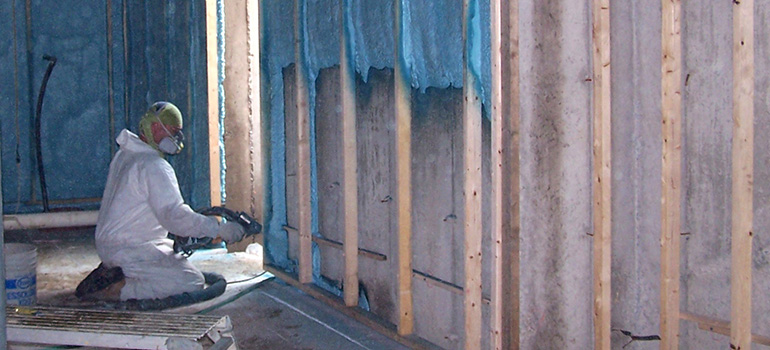
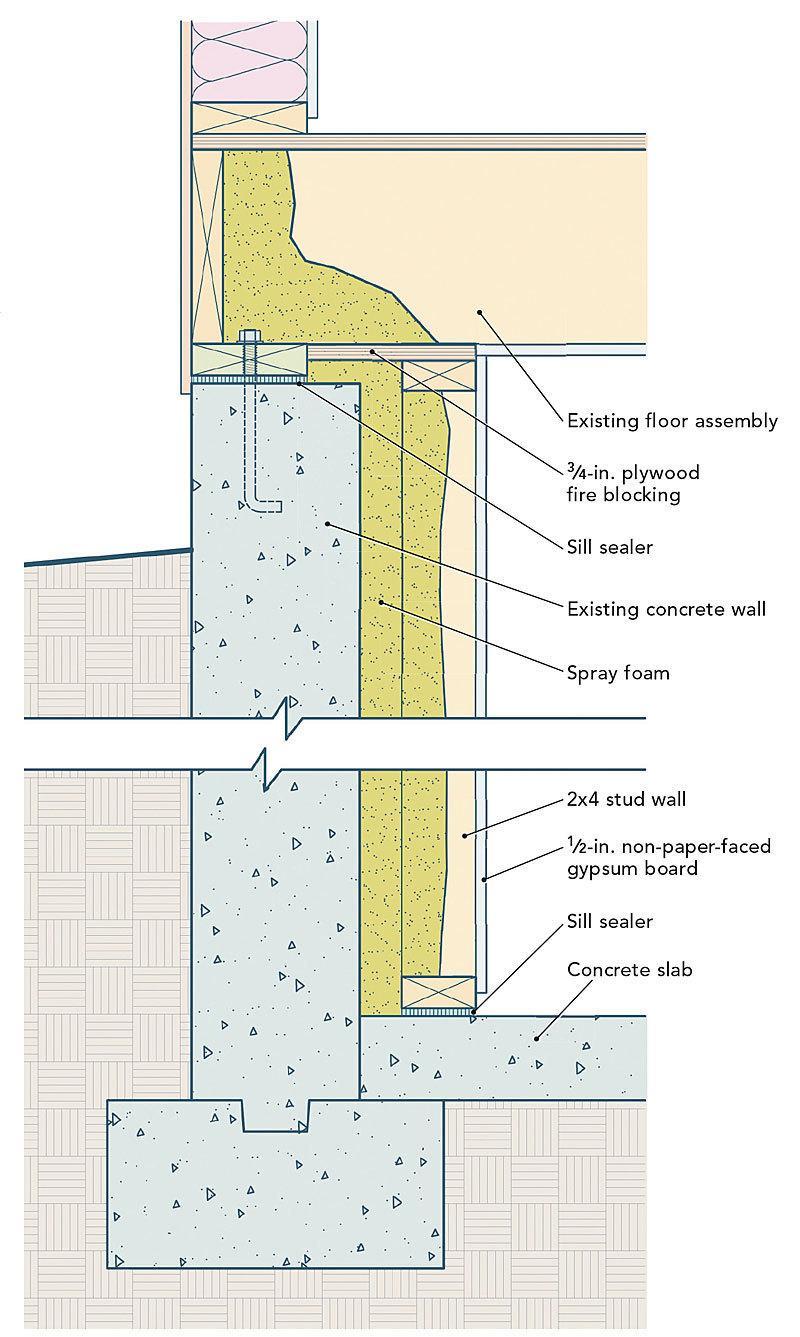
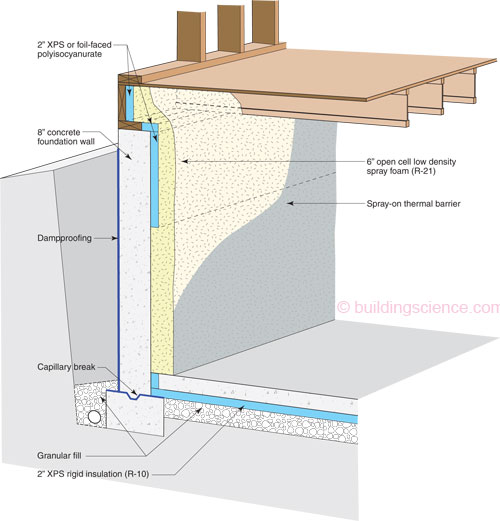
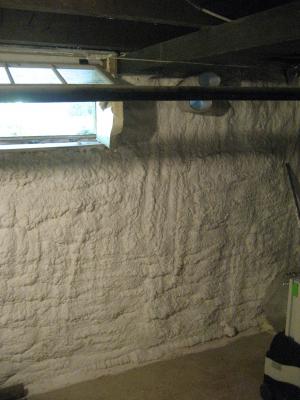
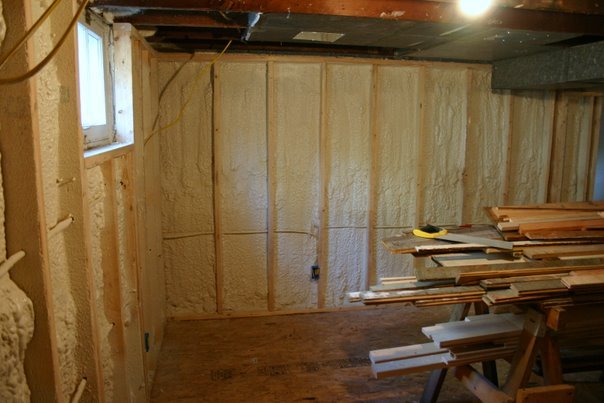

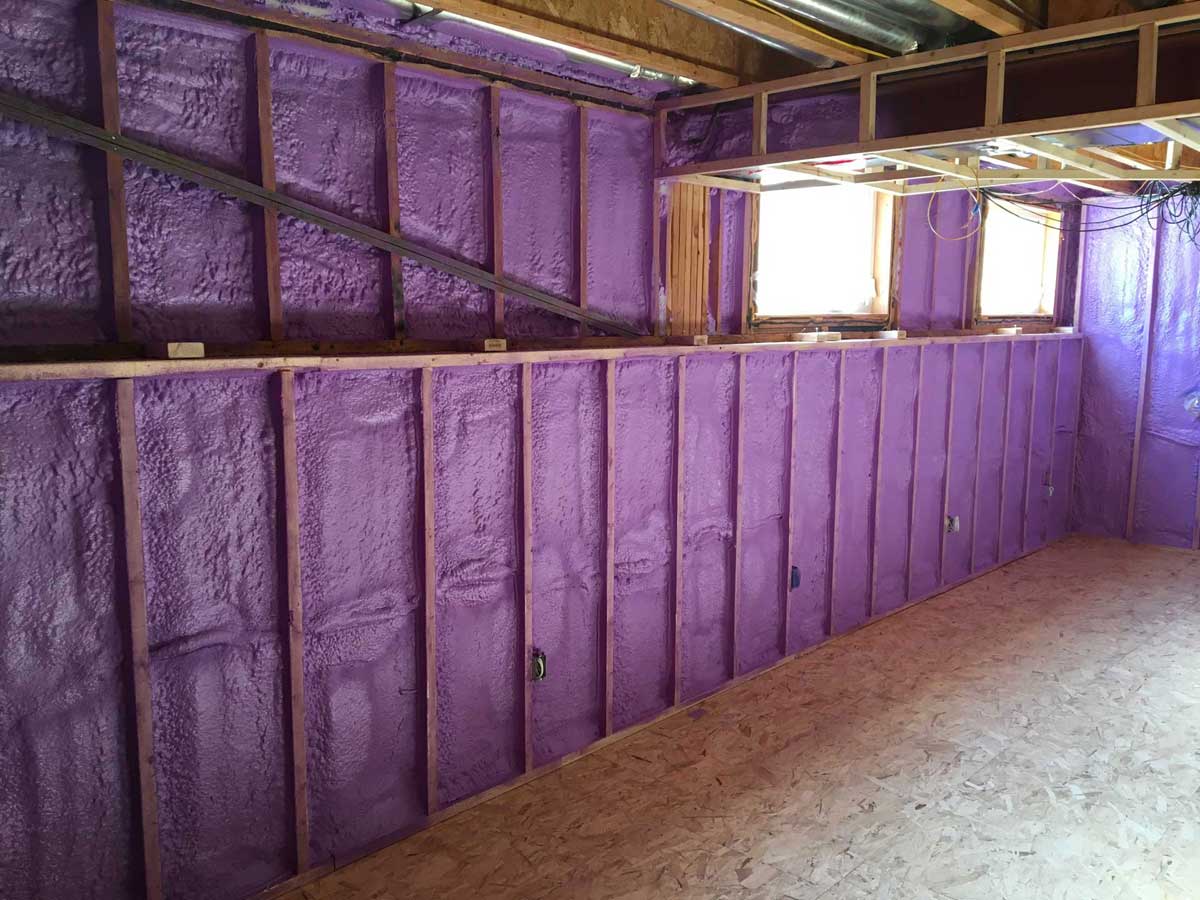
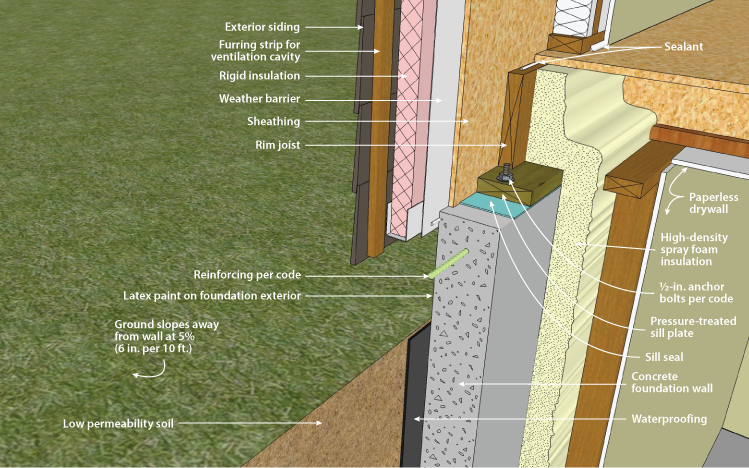
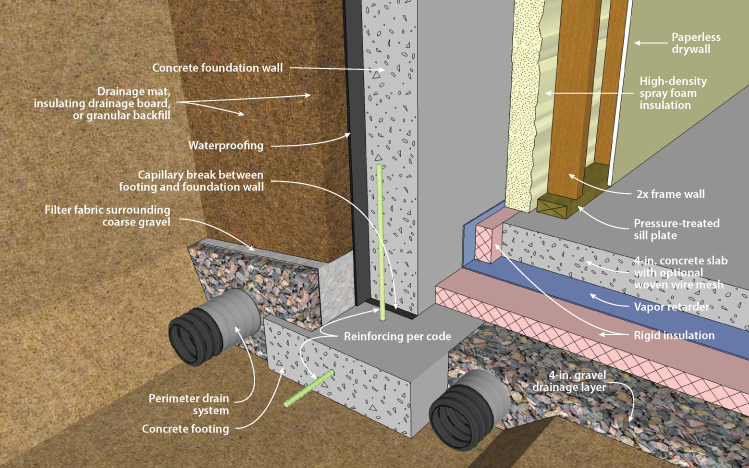

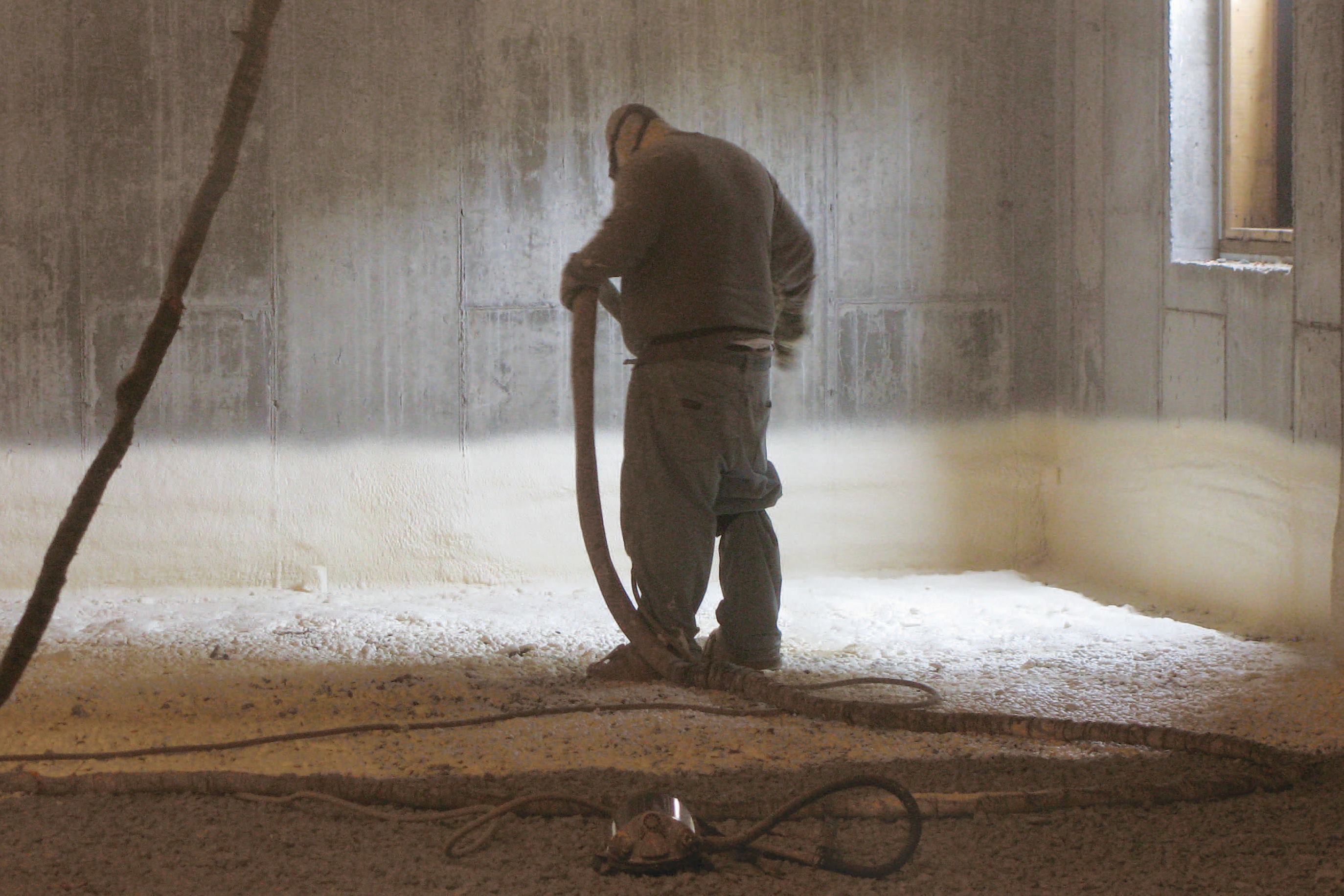
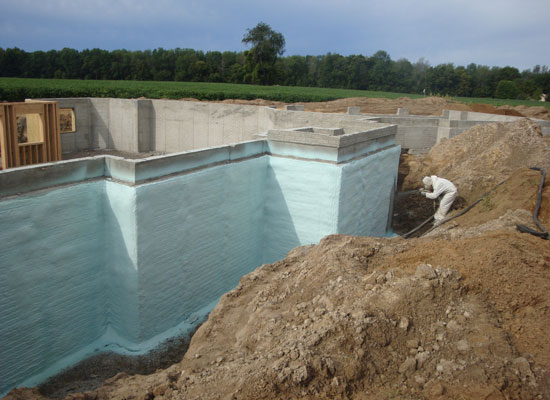

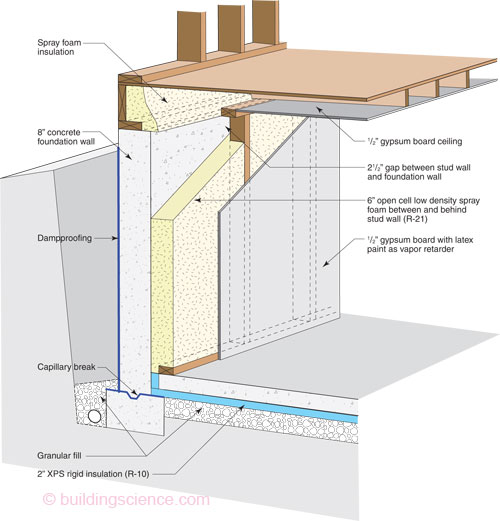


/cdn.vox-cdn.com/uploads/chorus_asset/file/19835115/TOH_3203_COVE_ch7.jpg)


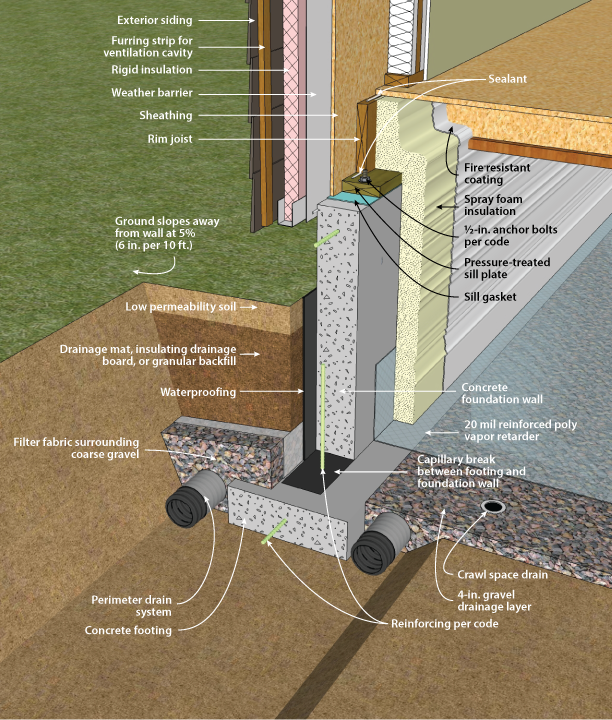

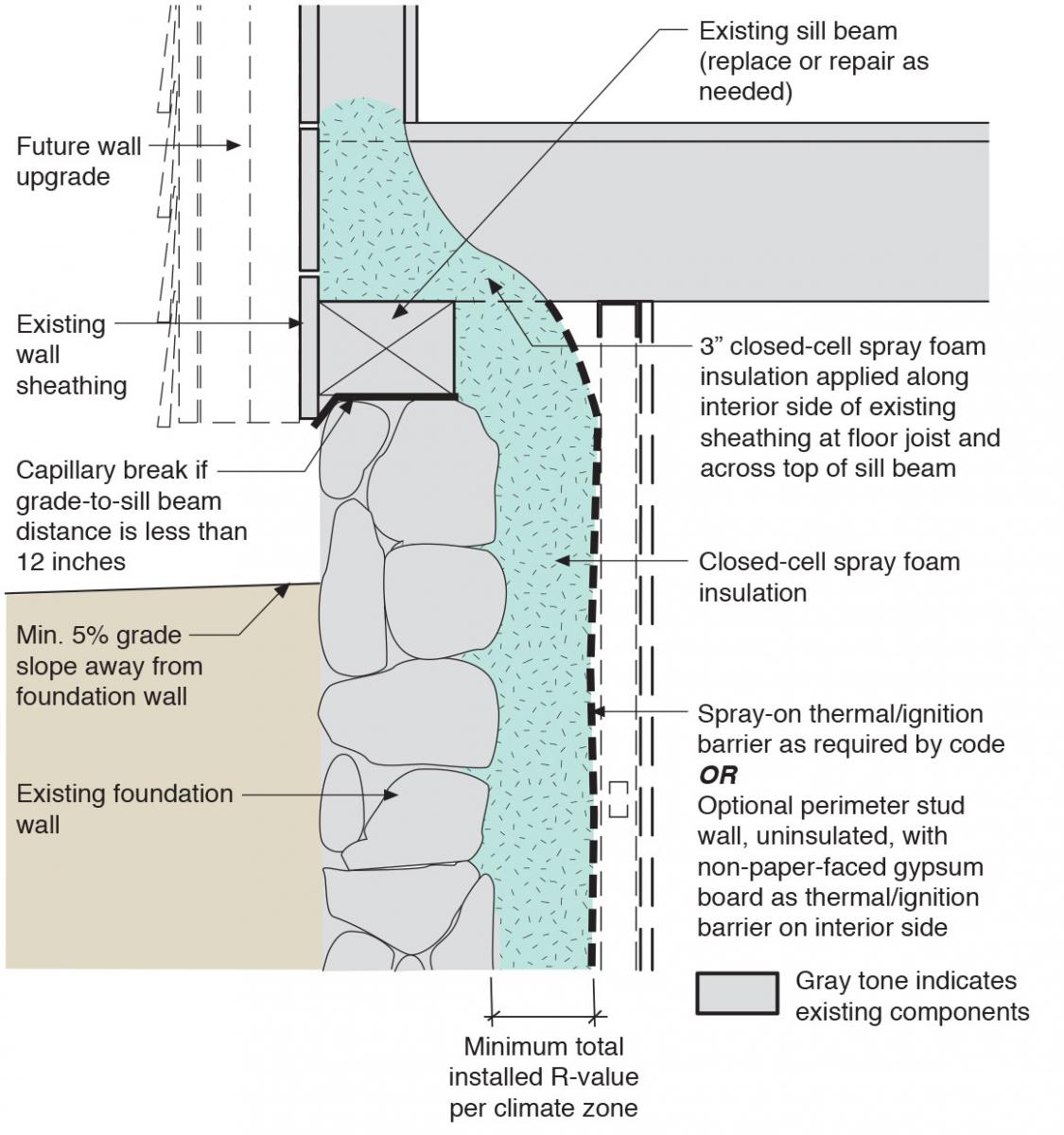
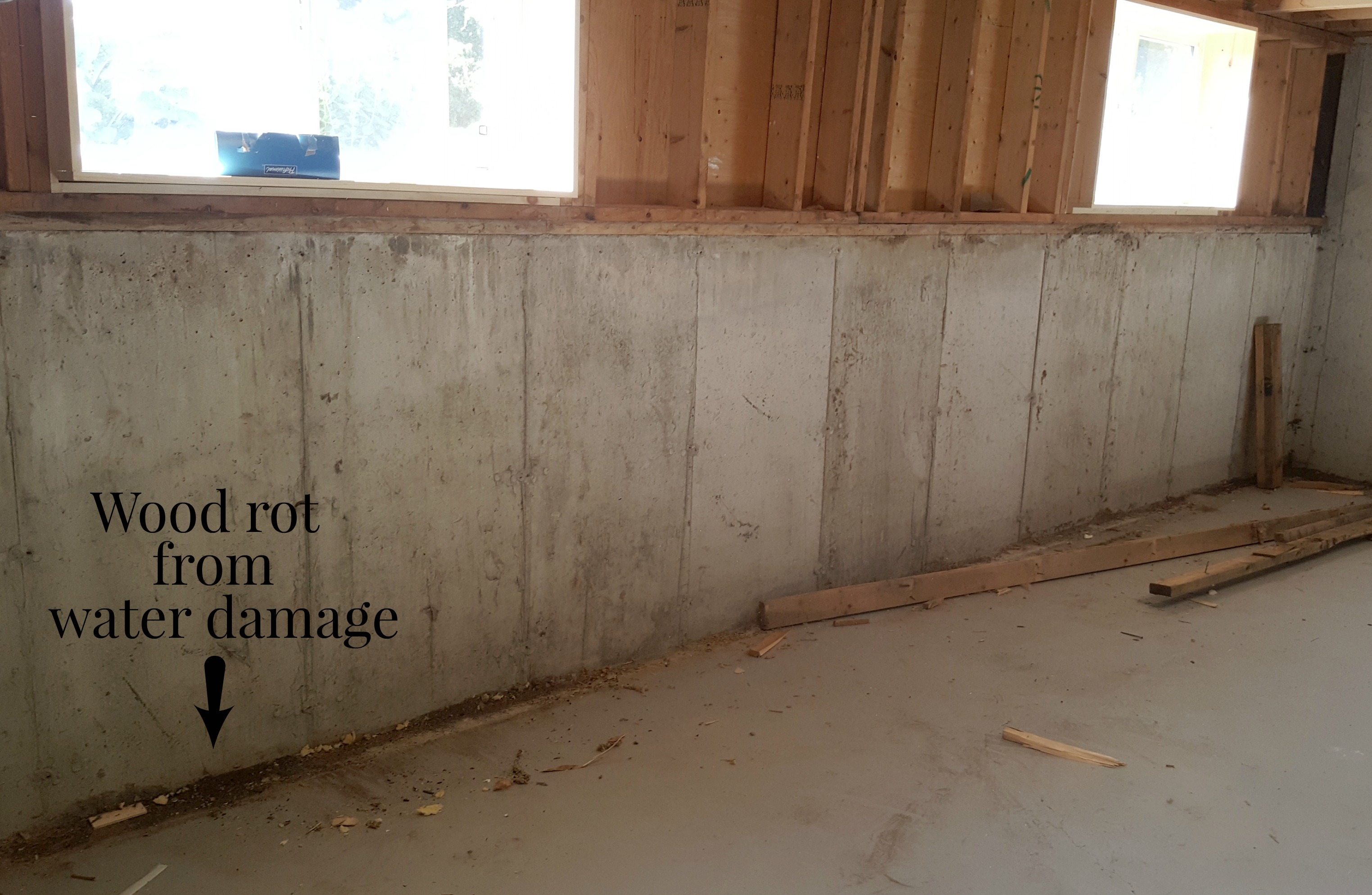


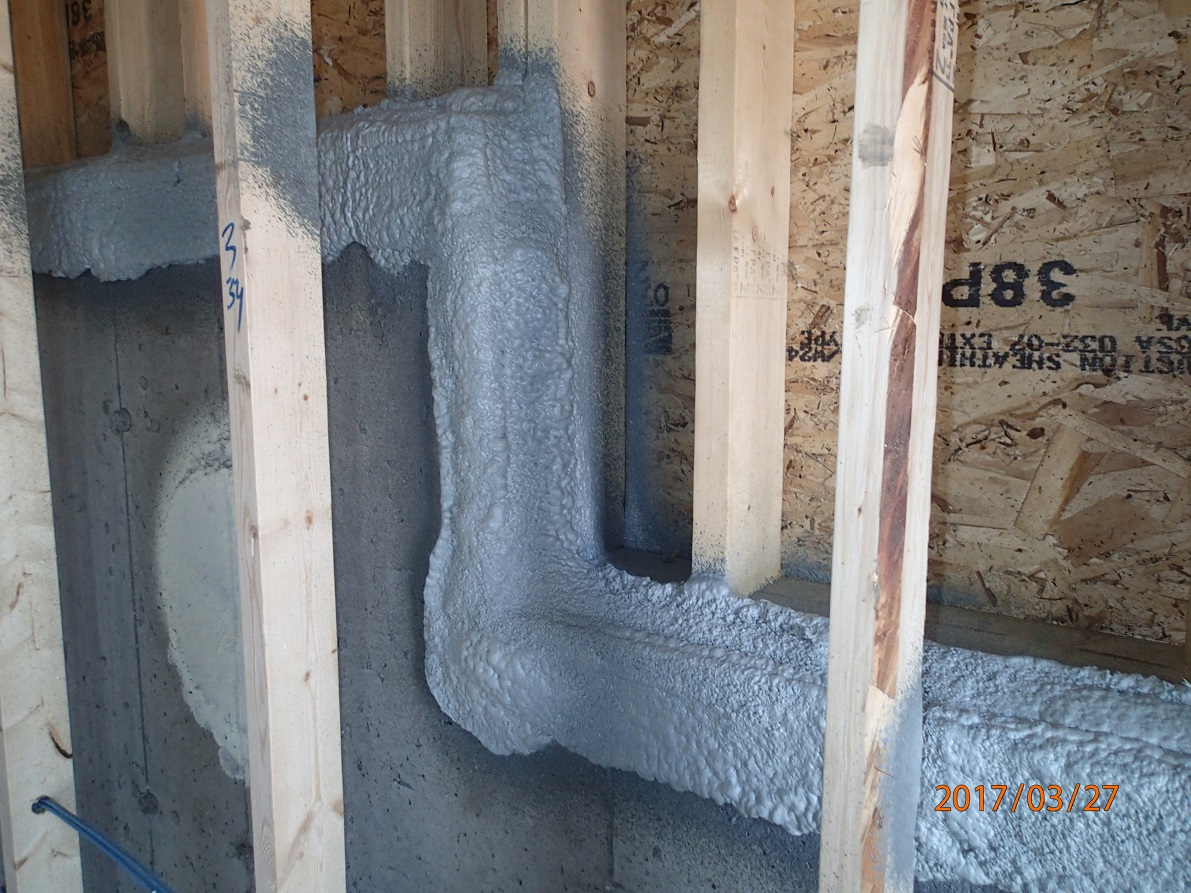
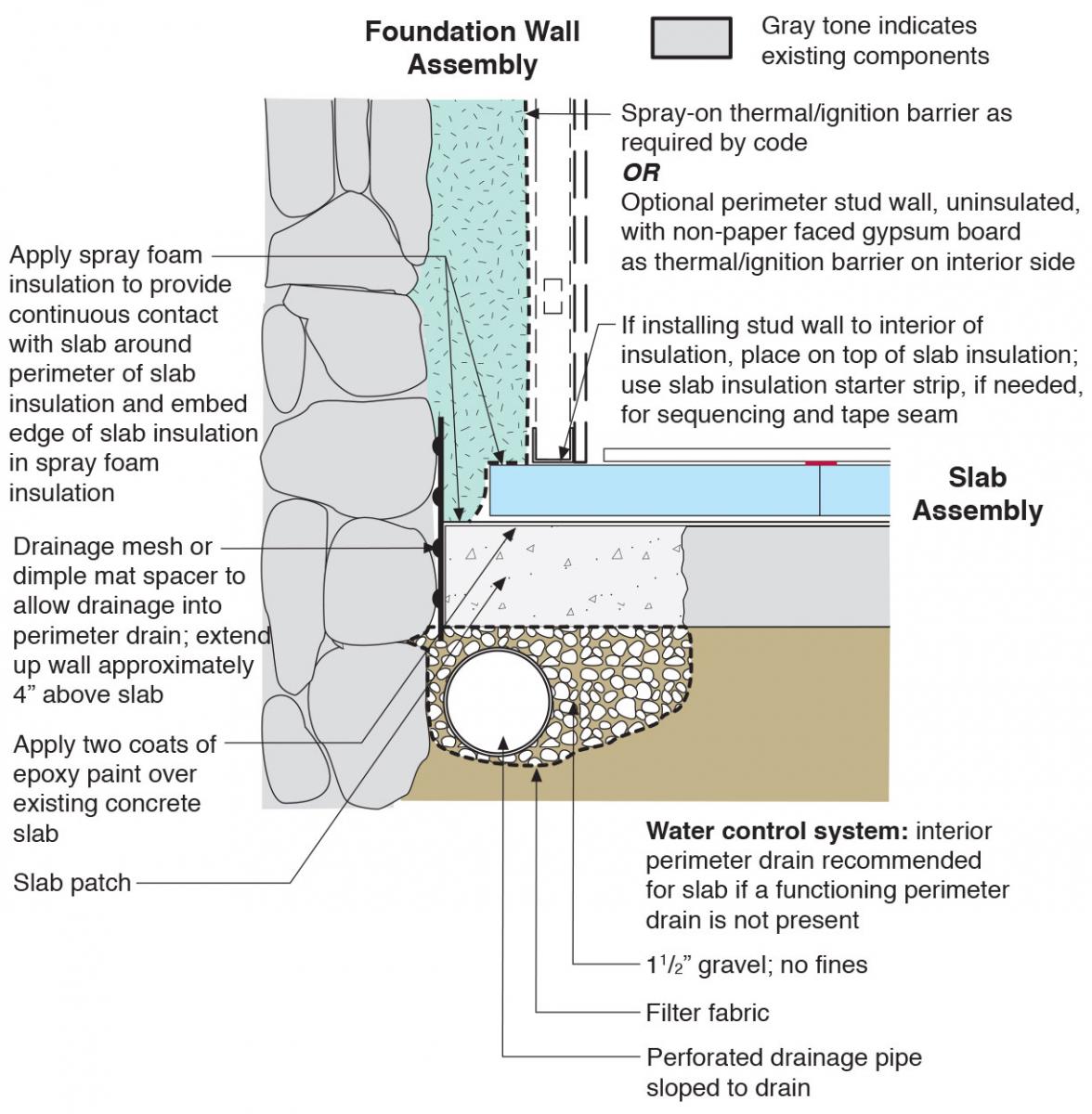





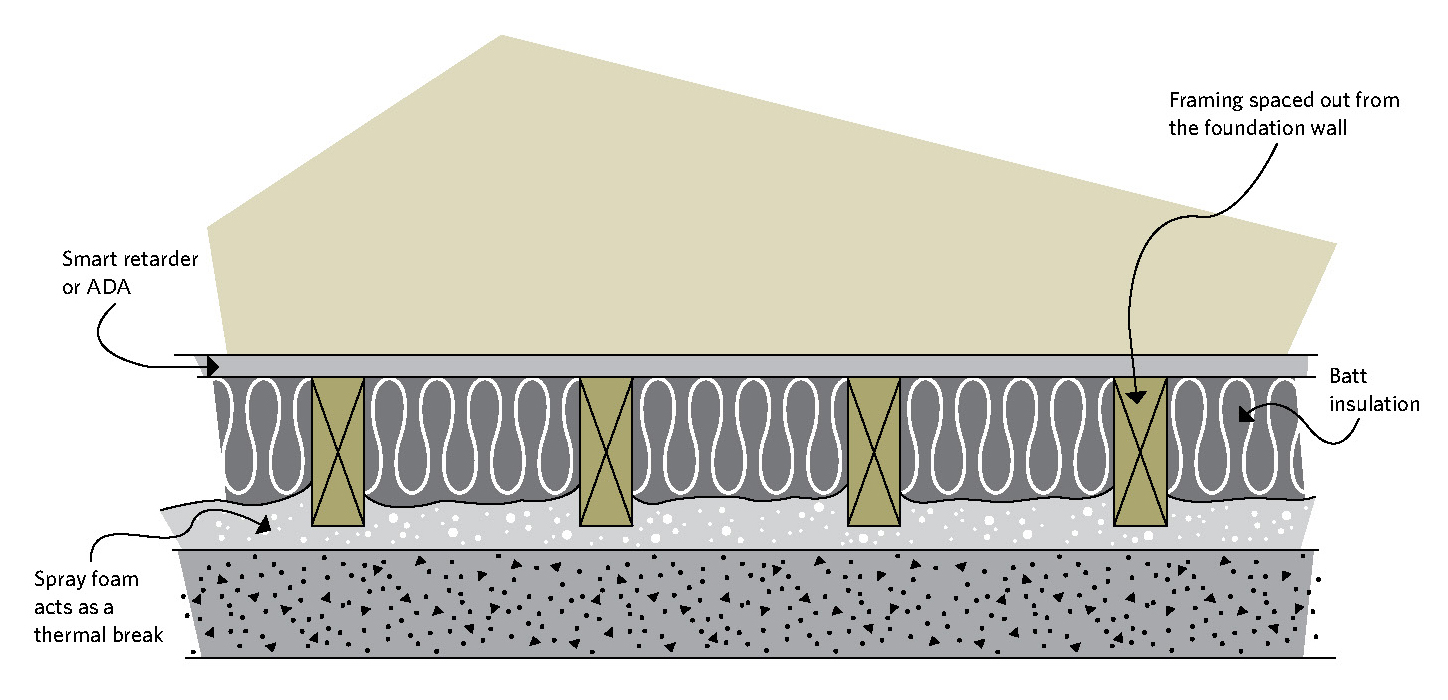

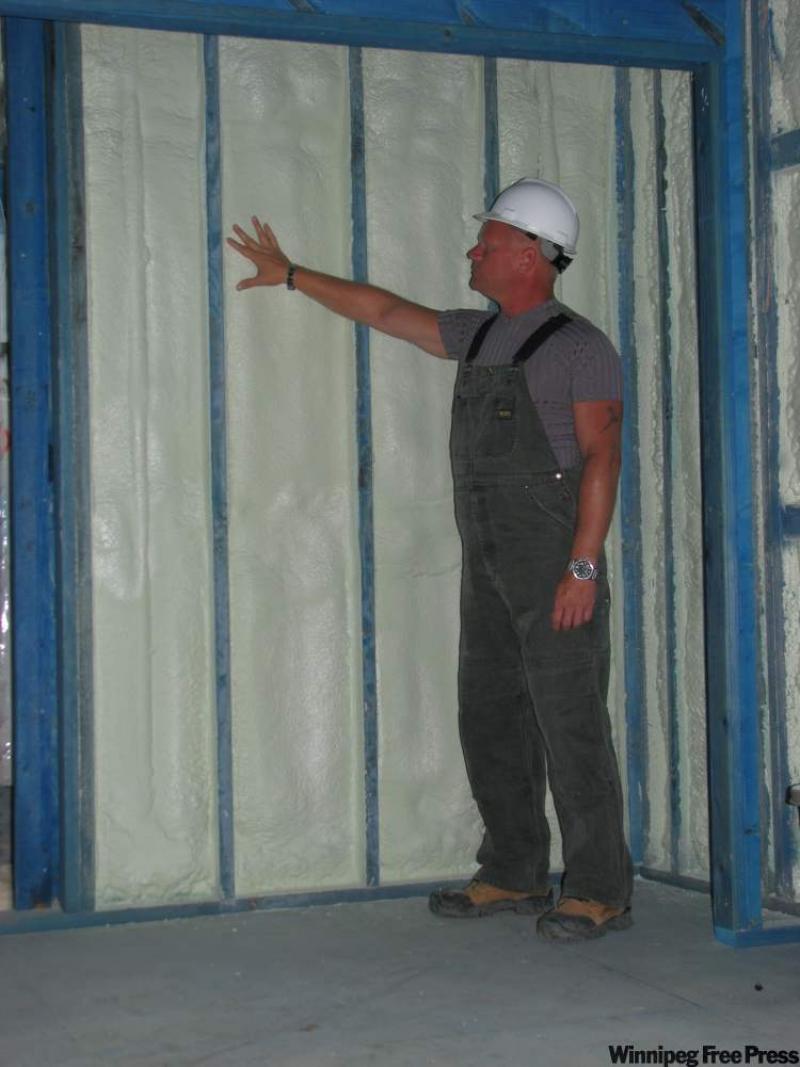
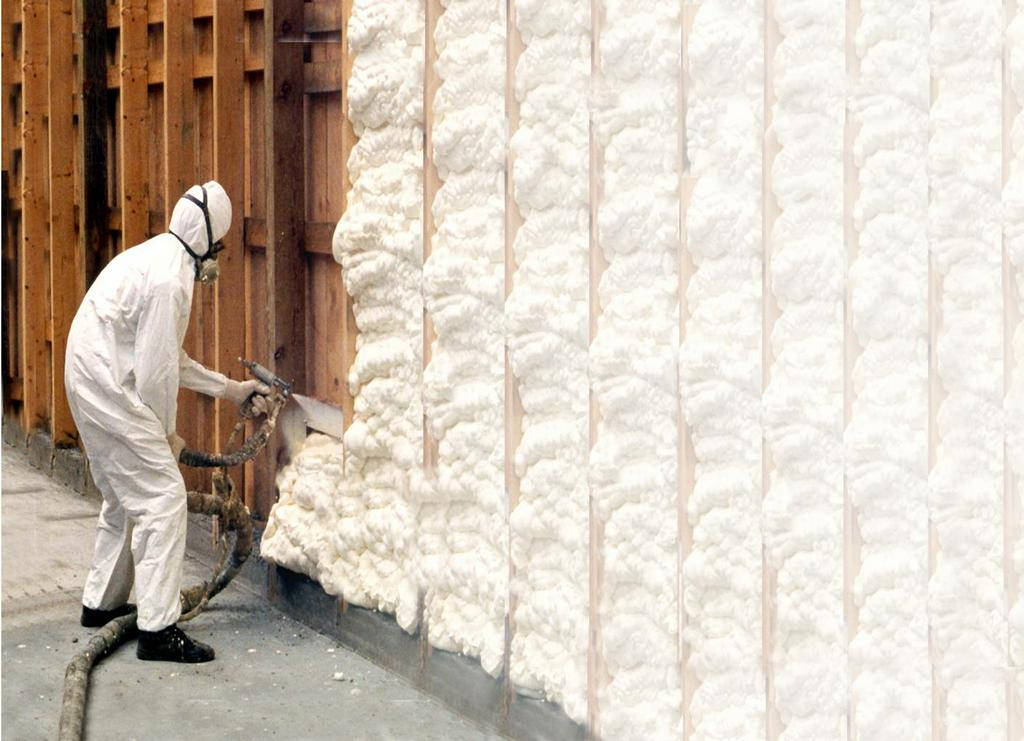

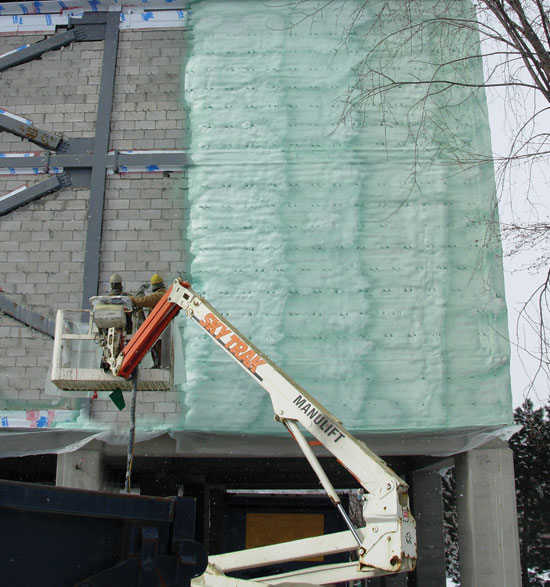
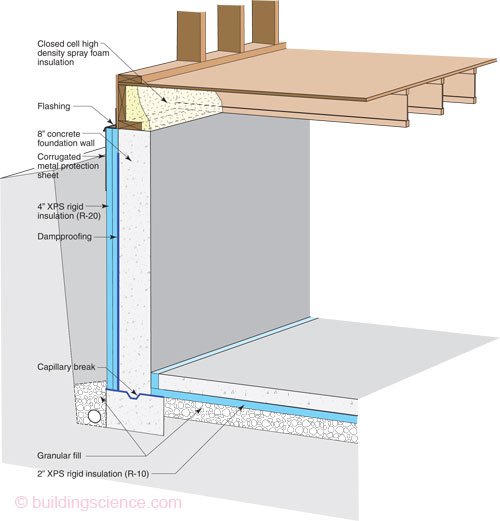



Post a Comment for "Spray Foam On Concrete Walls"